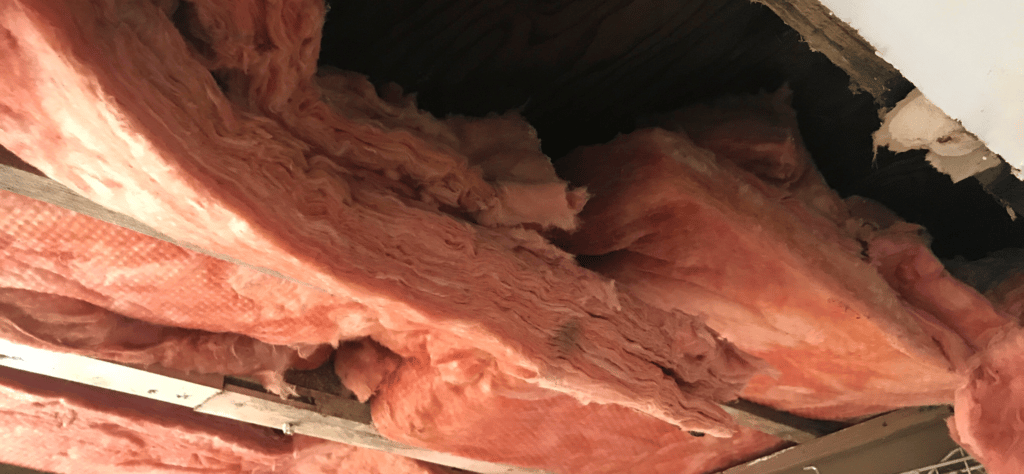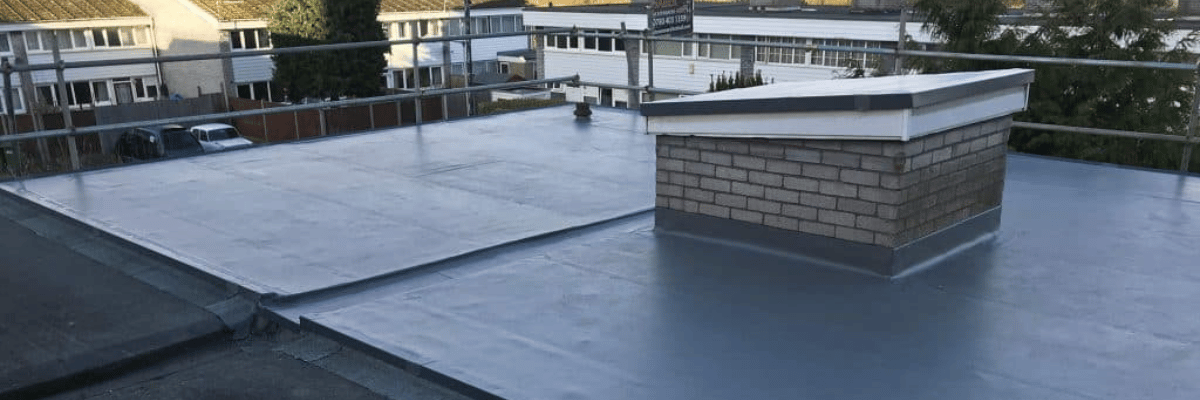
Concerned about the condition of your roof? Think you might be seeing indicators of condensation in a flat roof? Many homeowners miss the warning signs of condensation in their roof – and they pay the price in the long run!
The best way to protect your roof and your home is to arm yourself with knowledge, so you can see the warning signs of condensation in a flat roof and take action before things get serious.
Here is everything you need to know about condensation, how it can affect your flat roof over time, and how you can spot condensation issues before they get worse.
What Is Condensation & Why Does It Happen In A Flat Roof?
Generally speaking, condensation is the transformation of airborne water vapour into liquid. This happens most often when warmer moisture comes into contact with a colder surface.
When this happens, you get either surface condensation (water beading on a surface – like on your window on a cold day) or interstitial condensation (water occurring between layers within a structure).
As you might have guessed, interstitial condensation is where the big problems really start within your flat roof.
How vulnerable your flat roof is to condensation depends on several factors, one being whether you have a ‘cold’ roof or ‘warm’ roof design. Another factor is the general design of your flat roof and the materials used. A lot of older materials and building methods are less efficient at keeping condensation at bay than modern methods.
Commonly condensation occurs in your flat roof during winter weather when the warmer interior of your building creates water vapour that rises into the colder area of your roof.
This can become a problem over time.
Condensation Can Be Costly If You Don’t Take Action
If interstitial condensation is left to wreak havoc in your flat roof structure, it can lead to serious issues requiring big fixes.
Mould and mildew will be the least of your problems, although long-term exposure to certain mould types can be hazardous to your health and a huge issue on its own. It’s possible to have health problems like asthma and eczema worsened if your home is growing mould that you might not even be able to see.
Worryingly, condensation often leads to the compromise of your home’s structure. The build-up of water can cause damage to many types of building materials, especially the wooden joists that are a critical part of your roof.
But it’s not just wood rot that becomes an issue. The small particles of water will eventually work their way throughout your property, which poses a more serious threat in cold weather. The water freezes inside certain materials, effectively wedging open cracks that allow further water ingress, leading to faster degradation. This damage can be expensive to fix if left. What would have initially been a simple roof fix soon turns into a whole building project that costs thousands.
An often overlooked factor of condensation in a flat roof is the severe decrease in your home’s insulation performance. Many roof insulation materials stop working once they become saturated with water, meaning you’ll struggle to maintain temperatures in your home.
But don’t panic because there are warning signs for condensation in a flat roof that you can use to prevent small problems from turning into catastrophic ones.
Warning Sign 1: Damp Spots On The Ceiling
This may seem obvious, but many homeowners notice small damp spots on their ceiling and put off finding the source, simply painting over the problem. Damp spots, mould, discoloured paint, water drips or stains with no apparent leak can be signs of condensation occurring inside your flat roof.
These areas of damp and mould happen because water is trapped inside the roof cavity, and over time, it will begin to soak through. This begins in the structure of your roof, on the underside of the timber deck, which is directly under the waterproof covering of your flat roof.
If you see drips running down your walls, it’s a good idea to get your flat roof and property checked out by a professional, as this could be due to condensation, a leak or both since leaks often cause significant condensation.
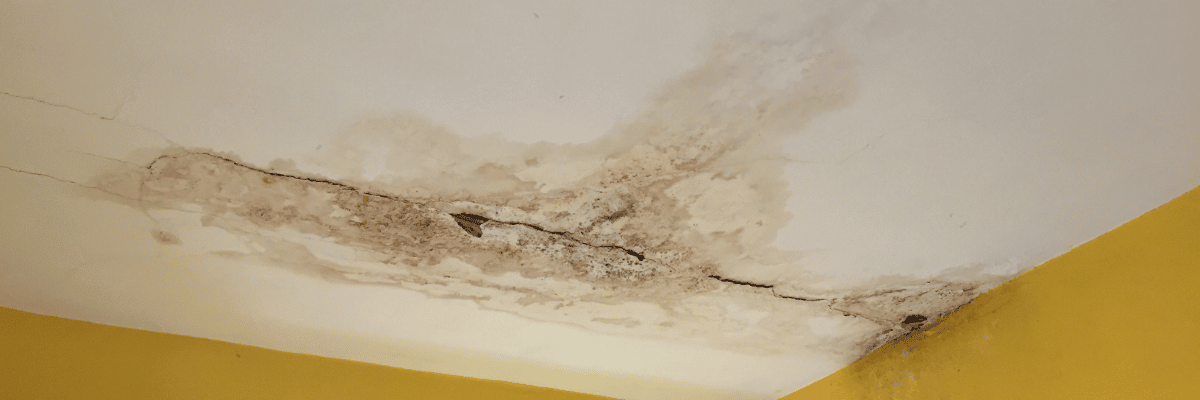
Warning Sign 2: Bubbles On The Roof
Flat roof blistering will be visible on the exterior of your roof and while it’s not always attributed to condensation, it can be an indication that you have a condensation issue.
Blistering can be a sign that warm air and water vapour are rising and becoming trapped beneath the waterproof layer of your roof. Again, this is a sign that something has gone wrong, whether it be condensation or water trapped under the waterproofing after finding a way in from above due to a leak.
Areas of your roof to pay particular attention to are above your kitchen and bathrooms. These rooms notoriously create extra moisture, especially if they’re not ventilated. So if a condensation issue lurks, it’s likely to be most noticeable over those rooms.
If you’ve noticed any blistering on your roof, you should contact a roofing specialist to check what’s going on, or you could face much more costly repairs further down the line.
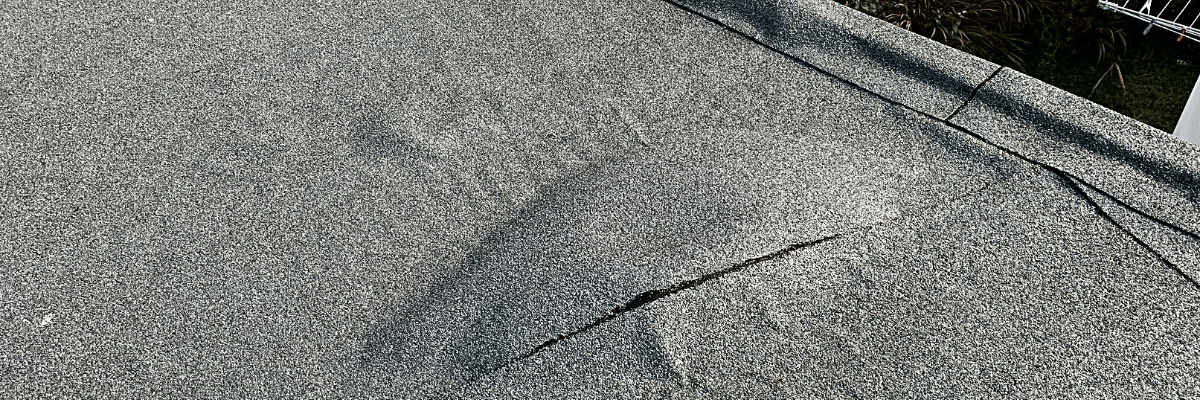
Warning Sign 3: Soft Areas On The Roof
Knowing whether your flat roof has soft areas might not be the easiest thing to discover if you don’t have quick access to your roof. Interstitial condensation in a flat roof can lead to a breakdown of materials, so if you can check the texture of your flat roof, test to see if it feels soft underfoot.
It might feel like you’re walking over a trampoline or mud, and the texture might only be in some areas, but it’s a potential sign of condensation affecting the stability of your roof and softening the wood. Bear in mind this won’t apply to GRP (fibreglass) flat roofs, as they are solid, and you won’t be able to feel this.
One way to check if condensation has caused a breakdown of your roof structure is to have a professional carry out core sampling.
A specialist will drill a small hole into problem areas showing signs of condensation damage. They will be able to determine the state of your flat roof depending on the wood texture and colour. Alternatively, a professional can use a small, purpose-made camera to check your roof for condensation issues.
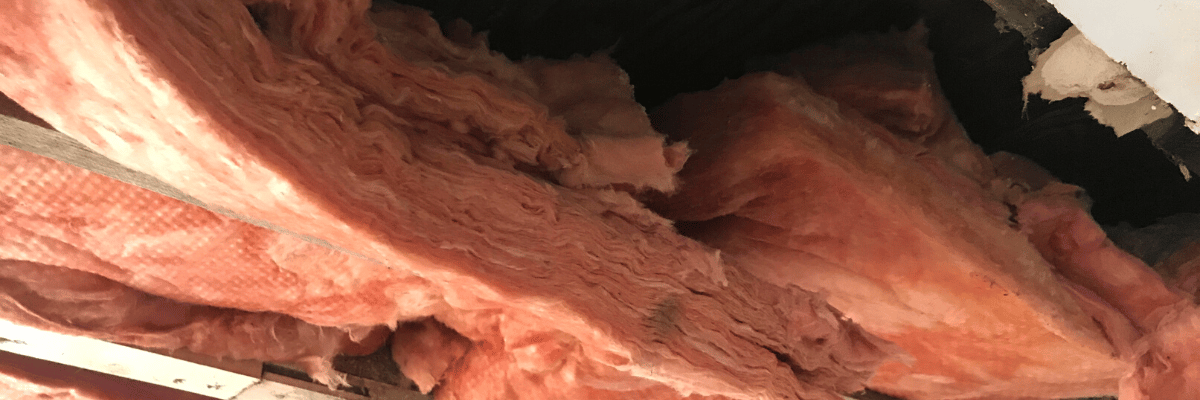
Condensation Can Be A Silent And Costly Problem.
If you’re worried about your property developing any of these warning signs or you’ve already started noticing them, it’s time to call in a flat roofing specialist. If you’re worried about damage caused by condensation in a flat roof, the best course of action is to call an expert to give you a roofing report.
Learn more about your flat roof to get proactive about potential issues before they cause damage. Download your FREE flat roofing guide here…

